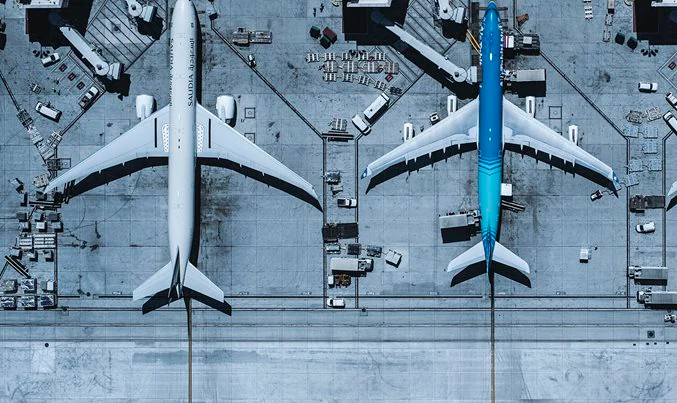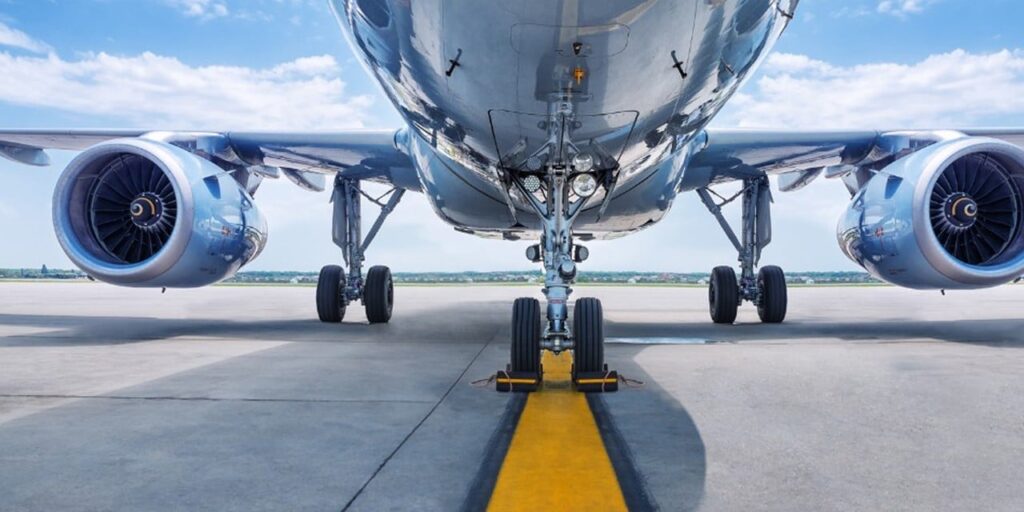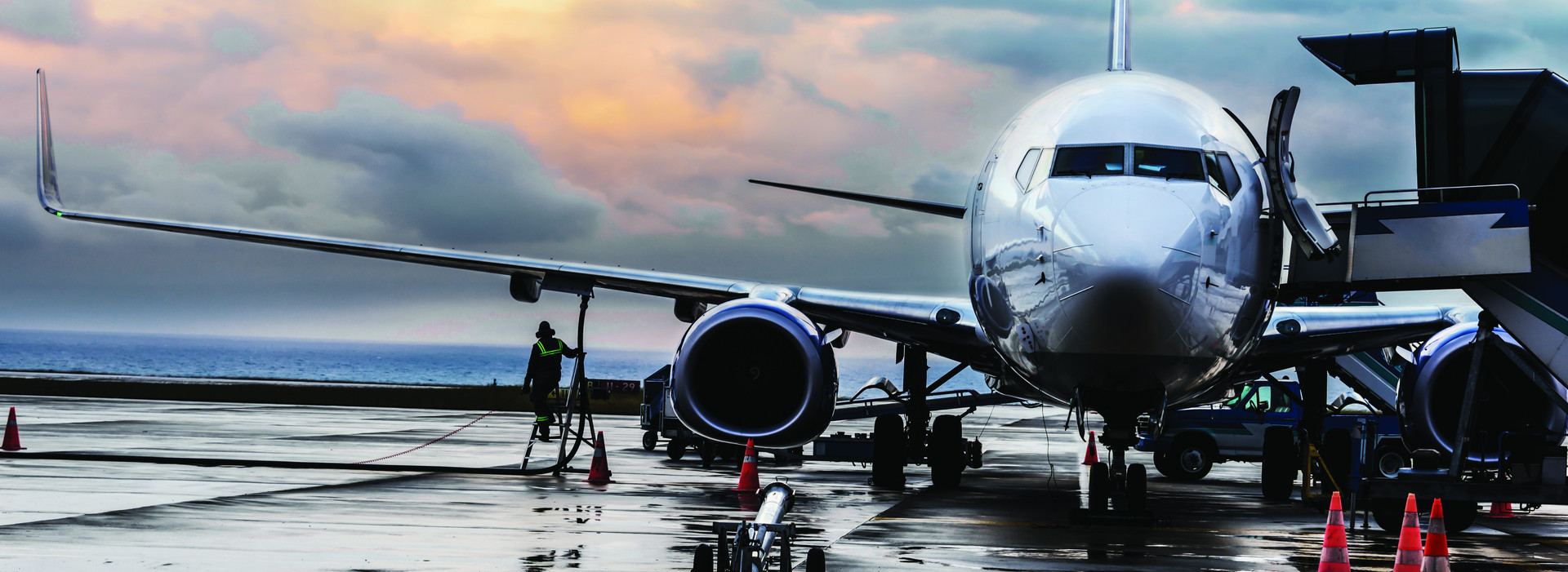The global aviation industry has undergone profound transformations in the wake of the COVID-19 pandemic, reshaping the landscape of air travel and presenting both challenges and opportunities for stakeholders across the sector. As countries gradually reopen their borders and vaccination efforts accelerate, the aviation industry is poised for recovery, albeit amidst a backdrop of lingering uncertainties and evolving consumer behaviors. In this article, we examine the key changes in the global aviation industry post-pandemic, explore the challenges facing airlines, airports, and related businesses, and highlight the opportunities for innovation and growth in a new era of air travel.
Impact of the Pandemic on the Aviation Industry:
The COVID-19 pandemic has had a devastating impact on the aviation industry, leading to unprecedented declines in passenger demand, widespread flight cancellations, and financial distress for airlines and airports worldwide. Travel restrictions, border closures, and quarantine measures have severely curtailed international and domestic travel, resulting in a sharp decline in passenger traffic and revenue for airlines. The International Air Transport Association (IATA) estimates that global air passenger traffic plummeted by 60% in 2020 compared to pre-pandemic levels, representing the largest decline in aviation history.

Furthermore, the pandemic has exposed vulnerabilities in the aviation supply chain, disrupting aircraft manufacturing, maintenance, and logistics operations. Aircraft manufacturers, such as Boeing and Airbus, have scaled back production rates and deferred aircraft deliveries in response to reduced demand and financial constraints faced by airlines. Maintenance, repair, and overhaul (MRO) providers have experienced a decline in business due to reduced flying hours and deferred maintenance activities, leading to layoffs and restructuring within the industry.
Challenges Facing the Aviation Industry:
Despite signs of recovery, the global aviation industry continues to face significant challenges as it navigates the post-pandemic landscape. Chief among these challenges is the uncertainty surrounding travel restrictions, quarantine requirements, and health protocols imposed by governments around the world. The emergence of new COVID-19 variants and the uneven pace of vaccination rollout across countries have further complicated efforts to restore confidence in air travel and revive passenger demand.
Additionally, airlines grapple with financial pressures stemming from accumulated debt, reduced liquidity, and ongoing operational costs. Many carriers have resorted to cost-cutting measures, fleet rationalization, and workforce reductions to weather the financial crisis caused by the pandemic. Moreover, the prolonged recovery period and uncertain outlook for business travel and long-haul international routes pose existential threats to airlines, particularly those with high fixed costs and limited domestic markets.
Opportunities for Innovation and Growth:
Amidst the challenges facing the aviation industry, there are also opportunities for innovation, adaptation, and growth in the post-pandemic era. One such opportunity lies in the adoption of digital technologies and contactless solutions to enhance safety, efficiency, and passenger experience. Airlines and airports are investing in touchless check-in kiosks, biometric authentication systems, and mobile applications to minimize physical contact, streamline processes, and restore confidence in air travel.

Furthermore, the pandemic has accelerated trends towards sustainability and environmental responsibility within the aviation industry. Airlines are increasingly investing in sustainable aviation fuels (SAF), electric and hybrid aircraft, and carbon offset programs to reduce their carbon footprint and mitigate the environmental impact of air travel. Governments and regulatory bodies are also incentivizing the adoption of green technologies and emissions reduction initiatives through financial incentives and regulatory frameworks.
Moreover, the shift towards remote work and virtual collaboration presents new opportunities for airlines to diversify their revenue streams and adapt to changing consumer preferences. Airlines are exploring innovative concepts such as “work-from-hotel” packages, “digital nomad” hubs, and “flight to nowhere” experiences to cater to the evolving needs of remote workers, leisure travelers, and digital nomads. Additionally, the rise of e-commerce and online retail has fueled demand for air cargo services, providing airlines with a lucrative source of revenue amidst the downturn in passenger traffic.
In conclusion, the global aviation industry is undergoing profound changes in the aftermath of the COVID-19 pandemic, with challenges and opportunities shaping its trajectory in the years ahead. While the road to recovery remains fraught with uncertainties and obstacles, there are also opportunities for innovation, adaptation, and growth in a new era of air travel. By embracing digitalization, sustainability, and new business models, airlines, airports, and related businesses can navigate the challenges of the post-pandemic landscape and emerge stronger, more resilient, and better equipped to meet the evolving needs of travelers in a rapidly changing world.


